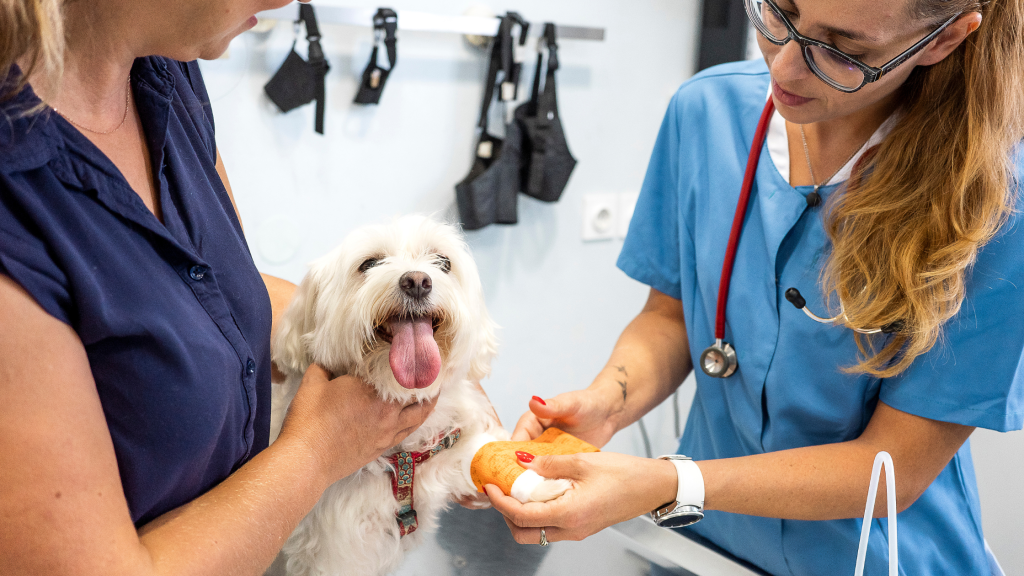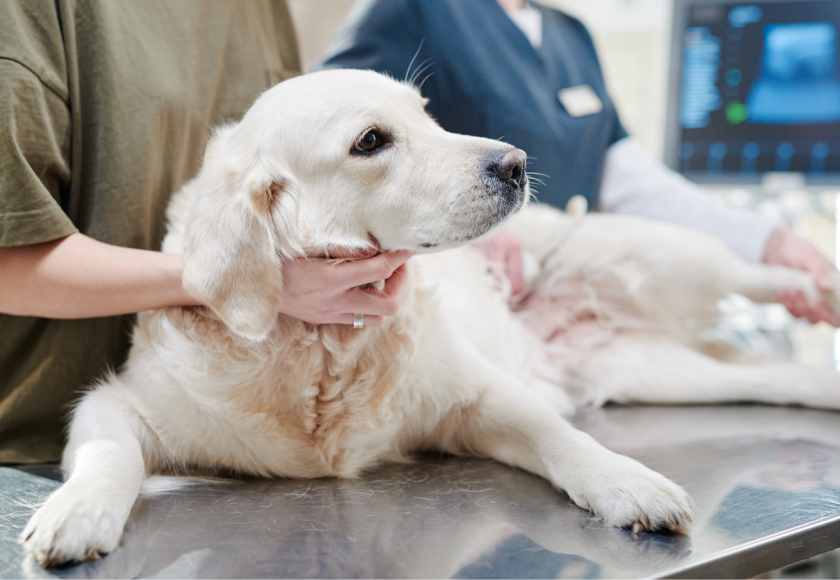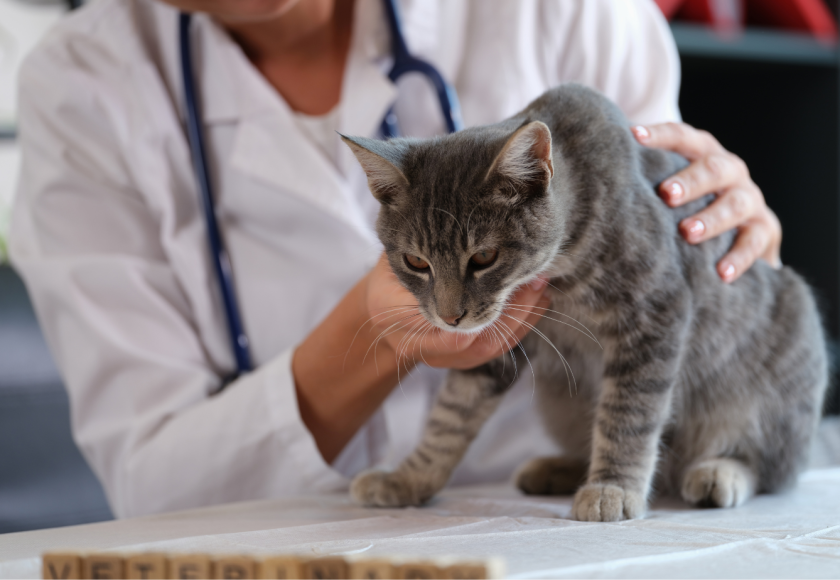Mammary gland tumors are a common health problem in female dogs, especially those that have not been spayed or have been spayed at a later age.
These tumors can be benign or malignant, and their treatment depends on a number of factors, ranging from the type of tumor to its spread.
Understanding mammary gland tumors, their causes, symptoms, and treatment options is extremely important for every dog owner who wants their pet to enjoy long-term health.
Table of contents
Causes of mammary gland tumors in dogs
The main risk factor for mammary gland tumors is the hormonal status of the female dog. Female dogs that have not been spayed or have been spayed at an older age have a much higher risk of developing mammary gland tumors.
Hormones, especially estrogen and progesterone, promote the growth of mammary gland tissue, so unspayed females are at greater risk for mammary gland cancer.
Certain breeds are also more prone to this disease. Studies show that toy and miniature poodles, cocker spaniels, and German shepherds are more prone to mammary tumors. The age of the dog is also an important factor—dogs older than 7 years are more likely to develop this disease.

Types of mammary gland tumors in dogs
Tumors of the mammary glands in cows are divided into two main categories: benign and malignant tumors.
- Benign tumors (adenomas) usually grow more slowly, are less dangerous, and do not tend to spread to other organs. However, even benign tumors can become dangerous if they grow too large or press on surrounding tissues.
- Malignant tumors, such as adenocarcinomas and carcinomas, pose a much greater risk. They can spread (metastasize) quickly to other tissues, especially the lymph nodes, lungs, and liver. Malignant tumors often require more aggressive treatment and have a poorer prognosis if they are diagnosed late.
One of the most aggressive forms of cancer is inflammatory mammary gland carcinoma. This form is characterized by extremely rapid growth, severe inflammation of the mammary glands, pain, and redness.
Inflammatory carcinoma often affects several glands at once and has a particularly poor prognosis.
Symptoms of mammary gland tumors
In the early stages, mammary gland tumors may not cause any noticeable symptoms. Most often, owners notice small, round, or irregular lumps under their dog’s skin, especially on the lower abdomen, where the mammary glands are located.
Tumors can be hard or soft, mobile, or attached to underlying tissues. Dogs that develop more than one tumor may have tumors in different glands or even in the same gland.
If the tumor is malignant, it can grow rapidly and cause other symptoms, such as skin ulceration or bleeding from the affected glands.
Malignant tumors can also cause weight loss, poor appetite, vomiting, and diarrhea. Malignant tumors can also cause breathing problems and shortness of breath in dogs, especially if the cancer has spread to the lungs.
If you notice any lumps or swelling in your dog’s mammary glands, it is essential to consult a veterinarian as soon as possible, as early diagnosis is key to a better prognosis.

Treatment options for tumors
The choice of treatment depends on the type of tumor (benign or malignant), its size, location, and degree of spread. Treatment for mammary gland tumors may include surgery, chemotherapy, nonsteroidal anti-inflammatory drugs (NSAIDs), and, in rare cases, radiation therapy.
- Surgery is the most commonly used and effective method for treating both benign and malignant mammary gland tumors. If the tumor is benign, a smaller excision with narrower surgical margins is usually performed. If the tumor is malignant, a wider surgical excision is recommended to remove not only the tumor but also the surrounding tissue in order to reduce the risk of tumor recurrence and metastasis.
- Sterilization during surgery can also help prolong the dog’s life and reduce the risk of mammary gland cancer in the future.
- Chemotherapy is most often prescribed in cases where the tumors are malignant and have a high risk of metastasis. This type of treatment is designed to destroy cancer cells that may have spread to other organs. Chemotherapy can be used in conjunction with surgery to reduce the risk of recurrence.
- Nonsteroidal anti-inflammatory drugs (NSAIDs), such as meloxicam or carprofen, may be used to suppress inflammation and pain associated with mammary gland carcinoma. Studies show that NSAIDs may also help suppress tumor growth in dogs with certain forms of cancer.

Where to seek help for canine mammary gland cancer?
Mammary gland tumors can be dangerous, especially if they are not diagnosed and treated in time. It is very important for dog owners to regularly check their pets’ health, pay attention to any changes, and immediately consult a veterinarian if they notice any suspicious symptoms.
If you notice any signs of mammary gland tumors, we urge you not to delay and to consult experienced veterinary specialists.
Our veterinary clinic employs Gabrielė, an oncologist who specializes in the diagnosis and treatment of cancer in dogs, and Edmundas, a soft tissue surgeon who can perform complex surgical procedures.
Make an appointment at the veterinary clinic to discuss your pet’s health and possible treatment options. Early diagnosis and proper treatment can save your pet’s life!





